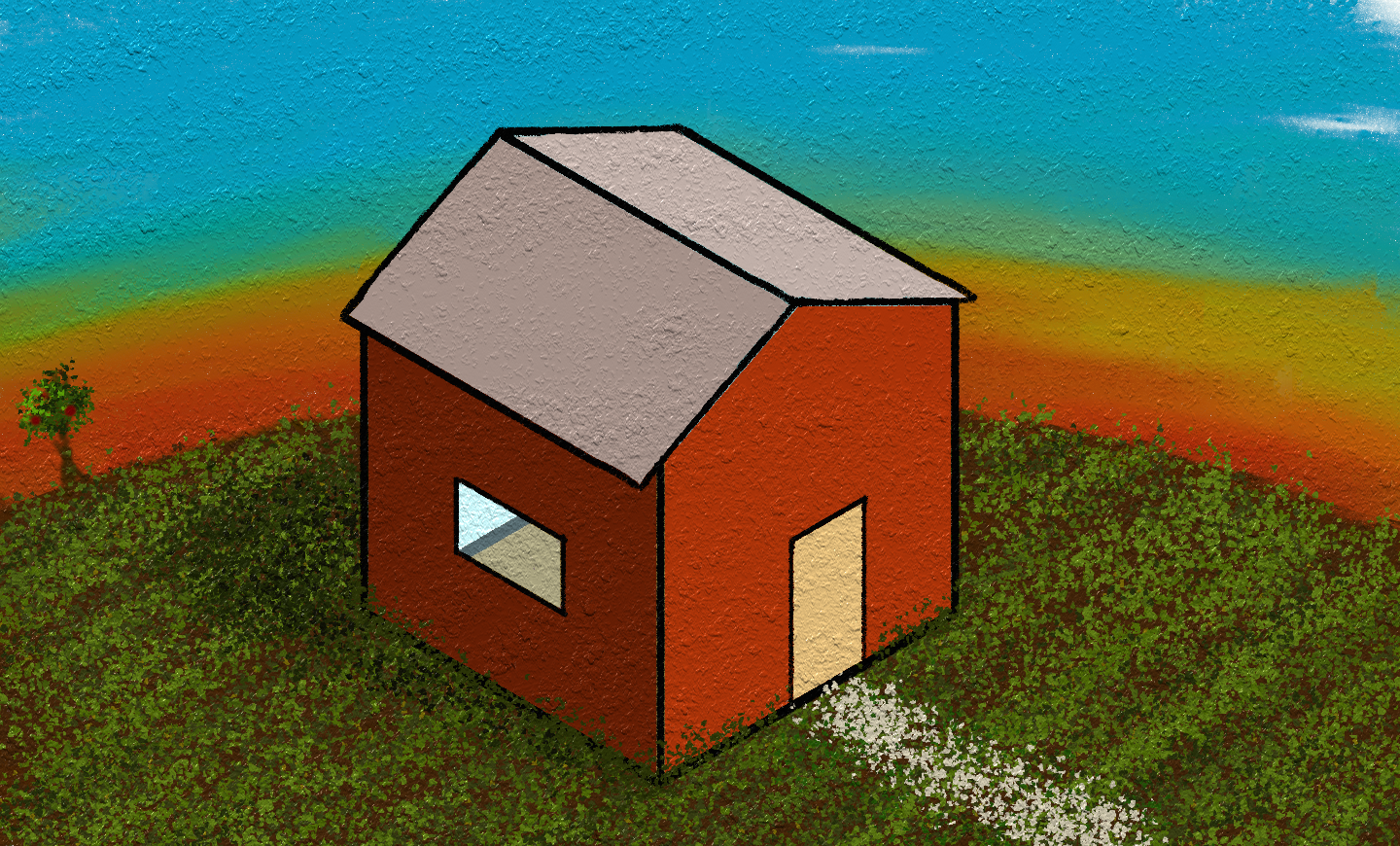Err... to R!

That is all for this series for now, hopefully you found it useful and it has started you on a coding journey. As I said at the beginning of this series R is brilliant, however to assume it will be around and the perceived “best tool for the job” forever is naive. I wasn’t only talking about another language being created in the future, but whether R is the language you feel most comfortable using right now.

This is it. This post will guide you through building a function, from the general form to an example using the topics covered in this series. A rule of thumb I like is if you write the same piece of code three or more times you should put it into a function, because you are using it consistently.
Building a function A function is just a set of code that we can use repeatedly and returns a predetermined value.

Throughout this series we have utilised data sets that are available in R, however we haven’t discussed how to load in external data. Additionally we have created new tables and plots with no description or explanation on how to export them. Let us now discuss how we can import and export data into R.
Before we go any further let us bring up a point which has been discussed previously and is needed once again.

There is a quote that I came across at the Science Museum and has quickly become my new favourite:
Everyone knows that numbers are thoroughly unsuitable for spreading statistical knowledge.
- Marie Reidemeister
Whilst tables have their place in conveying information, they should be used sparingly and only when necessary. Through effective visualisation and reporting we enable the easy digestion and understanding of our analysis.

The biggest complaint I hear about learning R is that it has a steep learning curve and I can understand where that view comes from. This post is going to be one of the longest in the series and potentially one of the hardest however we are going to try to introduce the points in a way that makes this curve easier to handle.
More variables In a previous post we introduced the variable types:





